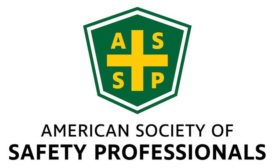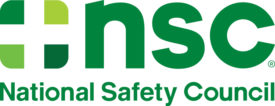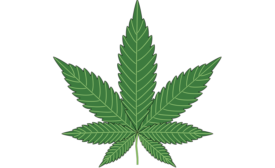Home » workplace fatalities
Articles Tagged with ''workplace fatalities''
Planning for the worst
Why every employer should know how to handle a workplace fatality
May 28, 2020
Closing Time
Tools for serious injury & fatality prevention
Seeing precursors
March 2, 2020
Never miss the latest news and trends driving the safety industry
eNewsletter | Website | eMagazine
JOIN TODAYCopyright ©2024. All Rights Reserved BNP Media.
Design, CMS, Hosting & Web Development :: ePublishing




